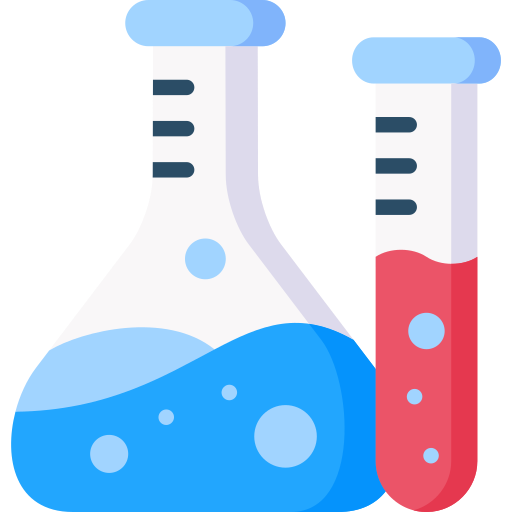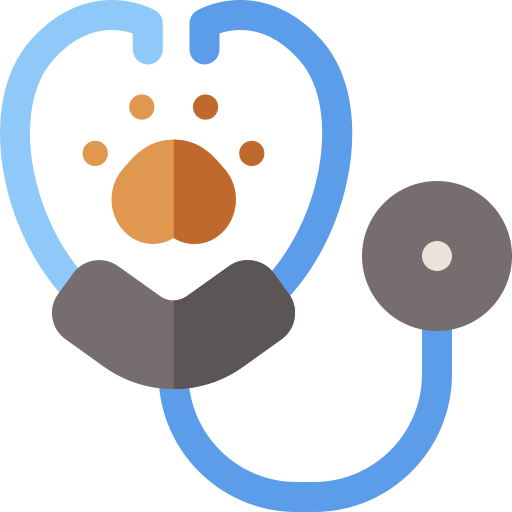Select Location
NCV Single Limb
A nerve conduction velocity (NCV) opr NCS Test of a single limb measures the speed of electrical impulses through the nerves in that limb. Also used to identify nerve damage and assess the health of the nerves.
₹720 (₹800)
CLINICA DIAGNOSTICS - BARASAT
Address: Noapara Bazar, Krishnanagar Road, Kolkata 700124
CLINICA DIAGNOSTICS - CHAKDAHA
Address: 815 Singher Bagan Road, Joykrishnapur, Chakdah, Nadia - 741222
About NCV Single Limb :
What is NVC?
NVC stands for Neurovascular Compression. It refers to a condition where a blood vessel compresses or irritates a nearby nerve, causing pain, numbness, tingling, or weakness. Neurovascular compression can occur in various parts of the body, including the face, throat, and neck.
The condition can result from various factors, such as anatomical abnormalities, injury, or certain medical conditions. Symptoms of NVC can vary depending on the location and severity of the compression. Treatment options include medications to manage symptoms, surgery to relieve compression, and other interventions such as injections or physical therapy.
Accurate diagnosis and treatment of NVC can help alleviate symptoms and improve quality of life. Diagnosis is typically made through a combination of physical examination, imaging studies, and electrodiagnostic tests. A healthcare provider will work with the patient to develop a treatment plan that addresses their specific needs and symptoms. With proper treatment, many patients with NVC can experience significant relief from their symptoms and improve their overall well-being. Early diagnosis and treatment are essential to prevent long-term damage and promote optimal outcomes.
What is the process of NVC of Single Limbs?
The process of NVC (Neurovascular Compression) of a single limb is a diagnostic evaluation used to assess the compression of nerves and blood vessels in one arm or leg. Here's an overview of the process:
Preparation
- The patient is asked to remove their clothing from the affected limb and wear a gown.
- The patient is positioned on an examination table.
Physical Examination
- A thorough physical examination is conducted to evaluate the affected limb, including:
- Muscle strength and tone
- Reflexes
- Sensation
- Circulation
Imaging Studies
- Imaging studies, such as:
- Ultrasound
- MRI (Magnetic Resonance Imaging)
- CT (Computed Tomography) scans
- Angiography
may be ordered to visualize the nerves and blood vessels in the affected limb.
Electrophysiological Studies
- Electrophysiological studies, such as:
- EMG (Electromyography)
- Nerve conduction studies
may be ordered to evaluate the electrical activity of the muscles and nerves in the affected limb.
Compression Testing
- Compression testing, such as:
- Tinel's sign
- Phalen's test
may be performed to evaluate nerve compression in the affected limb.
Diagnostic Injection
- A diagnostic injection of local anesthetic and/or steroid may be administered to evaluate the response to treatment and confirm the diagnosis.
Treatment
- Based on the diagnosis, treatment options may include:
- Physical therapy
- Medications
- Surgery
Follow-up
- Follow-up appointments may be scheduled to monitor the patient's progress and adjust treatment as needed.
The entire process typically takes 30-60 minutes to complete, depending on the extent of the evaluation and the number of tests ordered.
.png)


 91-6292253005
91-6292253005




